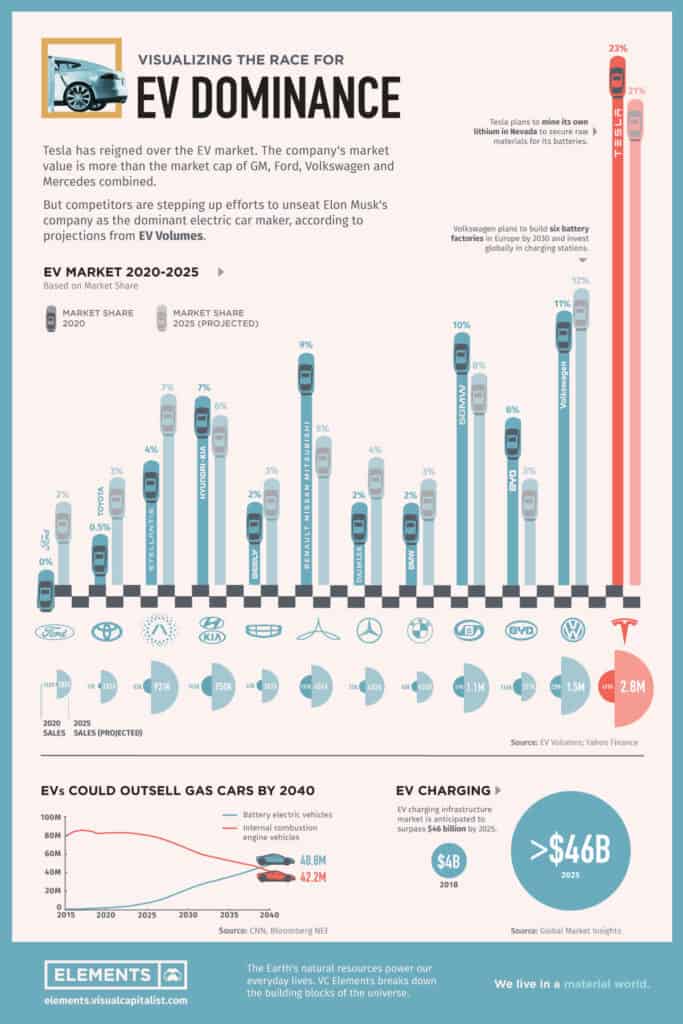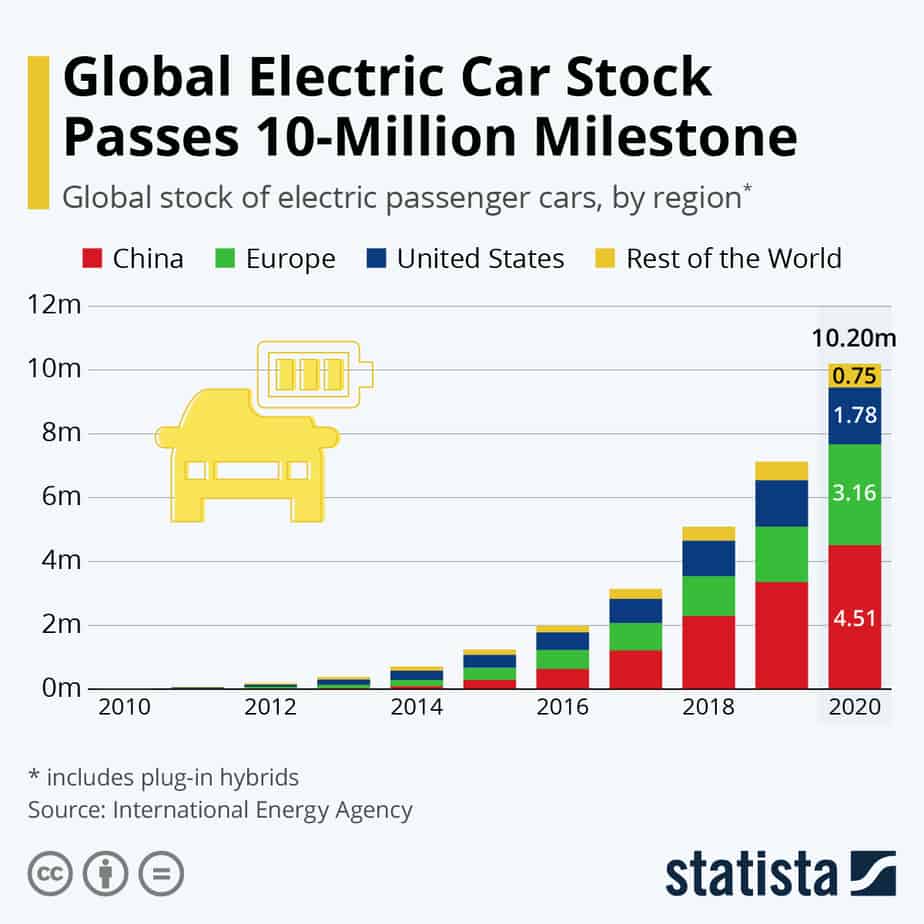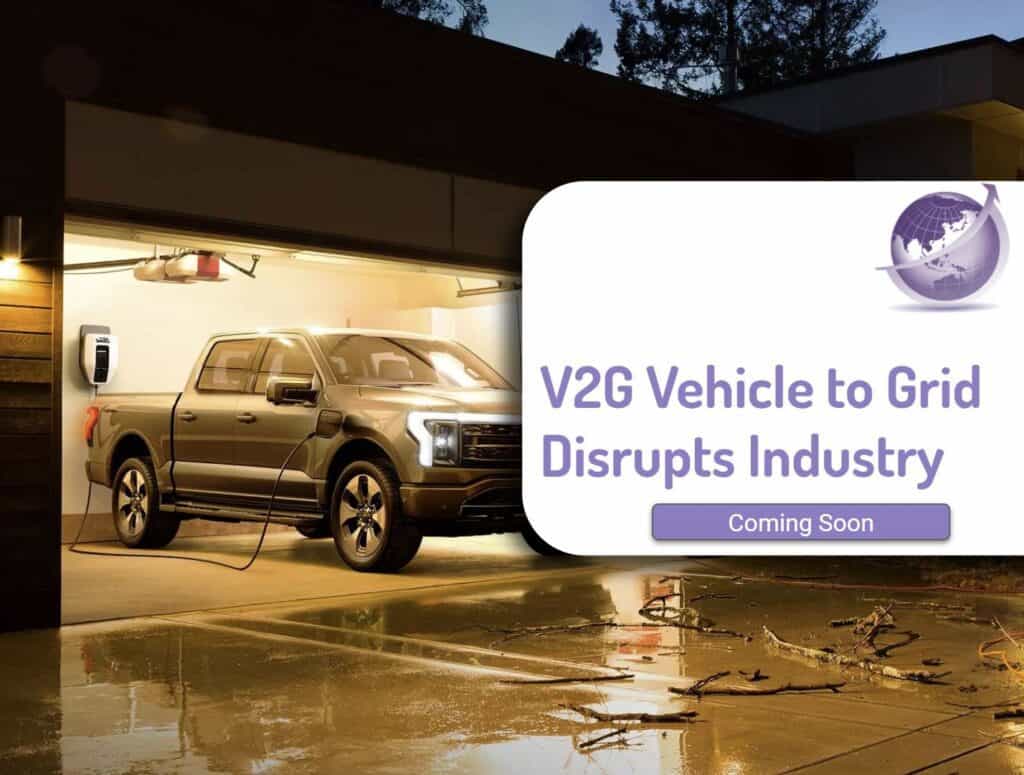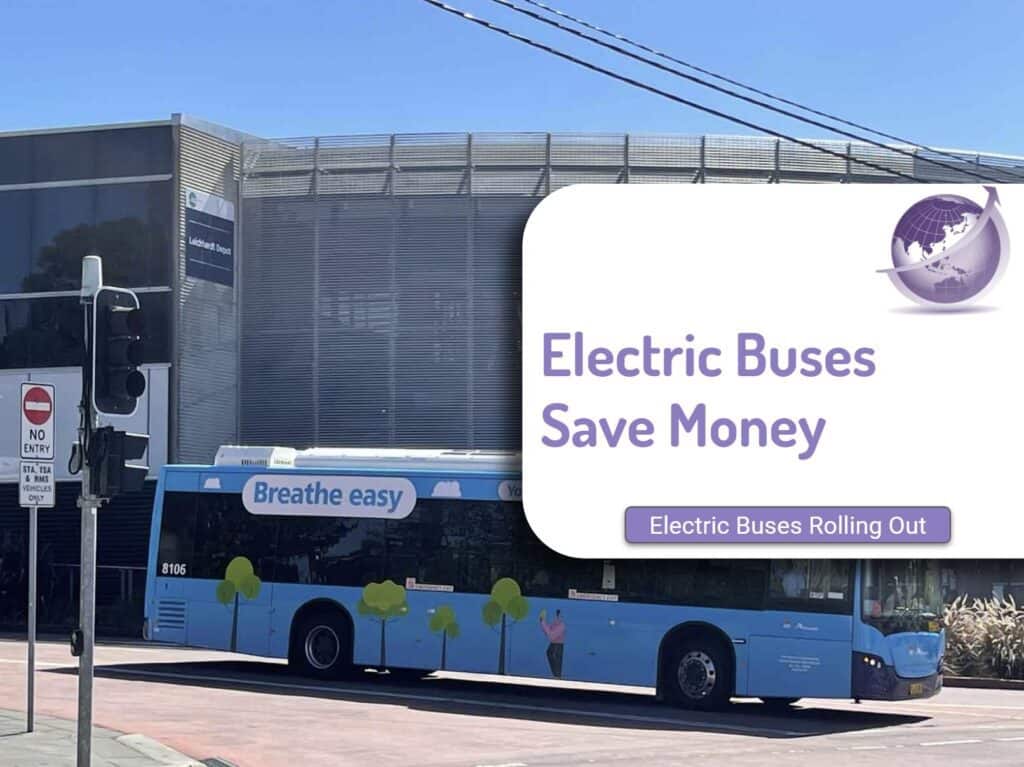This article titled on 10 Electric Vehicle myths debunked is to collate myths and introduce reality. Electric cars (EVs) are threatening conventional car manufacturers and the industry reliant on them including gas stations, oil refineries, auto mechanics, and car dealers. Expect them to protect their stranded assets. It is a losing battle.
Over 80% of consumers want EVs. With any winners, there will be losers. Over 14% of global car manufacturing is now electric, and increasing rapidly. Almost all investment in auto companies is focused on battery production and electric car manufacturing. Many large auto manufacturers have stopped further research on internal combustion engines (ICE). Car manufacturers are changing from ICE to EV: electric cars, electric trucks, electric pickup trucks, and electric trucks.
The biggest disruption will be a reduction in oil production. Oil companies do not want change. However, the “train has left the station”. Some of the myths beggar credibility.
10 Electric Vehicle Myths Debunked from A Recent Email
An email is going around and sources are from ICSC -Canada. ICSC is a well-known climate denier “think tank” and says that it “promotes responsible climate policy“. It’s simply another climate denier organisation. Moreover, the myths are dated, or clickbait.
- Fast Charging infrastructure inadequate
- Do not have enough “gas / electric” stations
- EVS are causing power shortages
- Governments rule your charging supply
- Average used car will need a new battery before becoming a used car
- Blowing up faulty cars is a solution
- Warranty and insurance inadequate
- Home charging systems are inadequate
- Range anxiety. Heavy batteries mean EVs are less convenient
- EV will remain a niche market.
1. Fast Charging infrastructure inadequate
Myth: “there won’t be enough charging points.”
Reality: Every house has a slow charger. 90% of charging is done at work or at home. In some countries now (2022) more chargers are in place than gas stations. Even Australia has 10.1 million chargers at home and 4,800 gas stations and 2800 charging stations, and within 3 years will have more chargers that gas stations. Gas stations are deploying fast chargers as fast as they can see. More Charging Stations than Gas Stations
2. Do not have enough “gas / electric” stations
Myth: “There wont be enough fast chargers in cities and cities will be overrun with fast chargers” .
Reality: EVs are like mobile phones. Charge them when no one using them. So what we see is that chargers are where you park a car for a reasonable period. Home, shopping or work. Most EV owners find they no longer need to waste 30 minutes a week in finding a gas station, at a reasonable price. Wireless charging will further simplify the process and an Australian company is already rolling out their wireless technology.
3. EVS are causing power shortages
Myth: ” The electricity network does not enough capacity. Or the Govt of UK is starting to plan for power shortages“. It’s a common fear that the electricity network is not big enough.
Reality: Most countries have sufficient electricity. Home or work solar is best, and a 10kW solar system will exceed any likely demand. The latest UK Govt report (March 2022 link here) and the initiatives from the White House (Fact sheet publication 2022 USA) outlines the challenges and steps underway to enable full electrification and provision of sufficient charging, and in particularly in cities, and high density apartment buildings. Further, the adoption of Vehicle to Grid Technology provides the electric grid with more dispatchable power.
4. Governments rule your charging supply
Myth: “The govt / energy company will control the electricity in your battery and could leave you with flat batteries.” I.e. the fear is energy companies or governments will rule your ability to charge.
Reality: In reality, governments and companies are investigating how batteries in EVs can be utilised to improve the reliability of the existing electricity network. Companies in California are already getting customers who get lower power prices in times of peak energy demand. Read more about vehicle to grid technologies here. The industry is putting in checks and balances to ensure they do not have unreliable power, or customers leave.
5. Average Used car Needs New Battery
Myth: “The average used car will need a new battery before an owner can sell it.” Variations are that batteries only last 10 years and have to be replaced so there will be no used cars.
Reality: In Australia, the Labor party is encouraging new EV with subsidies so that 2nd hard cars are more affordable. While the myth was true for decade-old cars, modern car batteries outlast internal combustion engines. E.g. Tesla cars are now warranted 8 years or 150,000 miles (250,00km), whichever comes first, with minimum 70% retention of battery capacity over the warranty period.
At the average 12,500km driven each year by consumers in Australia, that would be 100,000km over 8 years. Many ICE cars require major engine refurbishment by 200,000m / 300,000km. There are confirmed cases where Tesla cars go more than 400,000 miles (600,000 km). Read more here. Moreover all manufacturers are improving their battery management system. Tesla has a target for a 1 million mile battery. New battery technologies may be even higher. The key reason for previous failures is lack of a enhanced battery management system (i.e. managing temperature over charging and discharge cycles.
6. Blowing up faulty cars is a solution
Myth: Various urban myths of owners who dynamited their car is provided as proof that the warranty is not satisfactory. There are always car owners with more money than sense.
Reality:. There are similar ones for Jeep vehicles or the lemons”. With 80 million new cars each year, there will be exceptions, and some vehicles over the past decade have normal industry faults. Currently, most ex EV batteries are repurposed into house battery systems where they have a further 20 years of life. The warranty generally is that 70% of capacity is still available by 8 years. Batteries are improving every year.
7. Warranty and Insurance inadequate
Myth: Multiple range of myths about warranties and insurance . A typical is “lithium-ion battery cars catch fire.”
Reality: EV battery fires are less than ICE car fires. Research by AutoinsuranceEZ, shows media has a lot to answer for:
- Battery electric vehicles = 0.03% chance of igniting
- ICE = 1.5% chance
- Hybrid electrics, which have both a high voltage battery and an internal combustion engine, = 3.4%.
For insurance, Tesla has recently introduced their own insurance based on actual driving risk. Insurance premiums are down 50%. Drive better, lower insurance. ADAS (autonomous driver assistance Services) show a 10 times or more reduction in accidents.
8. Home charging systems are inadequate
Myth: “Normal households have inadequate power supply“. (Single phase, 75amp to the premise).
Reality: Most EV owners install a higher capacity circuit so the car can be charged with a 15 amp continuous connection to fully charge in <6 hours. Tesla owners recommend a Wall Connector (15amp, single phase) which offers an adequate charging speed for home or office, adding up to 65 miles (100km) of range per hour charged. Given most cars are used for 4% of the time, there is plenty of time to charge for local driving. Installation of faster charger at home or work is optional. For houses with rooftop solar (30% of Australian homes) then software systems allow for smart charging at periods of low costs.
9. Efficiency of EVs vs ICE cars
Myth: Multiple myths. “energy density of batteries is less than petrol“. Weight of EV car with batteries means lower efficiency. Range is limited.”
Reality: There is little need to have the range of a EV to be more than the range of a human driver bladder. Most EV have range of about 250 miles (400km). Electric cars are faster, with better acceleration, quieter, and lower cost of operating. EVs convert over 77% of the electrical energy from the grid to power at the wheels. Conventional gasoline vehicles only convert about 12%–30% of the energy stored in gasoline to power the wheels.
The Queensland government estimates a lower-end zero-emission car costs as low as $3 per 100km to operate, compared to $14.25 for a four-cylinder internal combustion engine.
10. EVs will remain a niche market.
Myth: EVs will “Never be more than 10%“. If you see this, laugh.
Reality: EVs has already passed 10% and in exponential growth. Tesla expects to produce 20 million cars by 2030, and that would be 25% of the global market. Most other manufactures are trying to catch up. Many countries of the world have already mandated that by 2030 or 2035 no more new ICE cars are sold.
Disruption with Autonomous Driving
In 3 disruptions, 8 technology article discussing the transportation disruption, EVs enable robotaxis. All of the major automakers are investing in autonomous driving. EVs enable this change from 4% utilisation to 40% utilisation, and this would mean the number of cars globally would reduce from 1.2billion to maybe only 200 million,
6 typical Myths for EVs by the EPA
The USA EPA states the common 6 myths about Electric Vehicles (Link Here). Other articles are a variation or extend these to 10 or more. Most originate from climate science “alternative” views.
- Myth 1: Electric vehicles are worse for the climate than gasoline cars because of the power plant emissions.
- Reality all studies show that the more the renewable energy. But even with a full fossil fuel power generation grid, electric cars are still 30% less. The more renewable energy in the energy mix, the better. (Read Forbes.com Article explanation)
- Myth #2: Electric vehicles don’t have enough range to handle daily travel demands.
- Reality. Bladder is the range determinant. Most traffic safety advises to take a break every 2 hours. (Australian perspective – explained in The Driven)
- Myth #3: Electric vehicles only come as sedans.
- Reality. Chinese manufacturers (BYD) produce them, and every major manufacturer will deliver products from 2022 to 2024 (Pickups are coming)
- Myth #4: There is nowhere to charge.
- Reality See previous discussion. Charging situation article
- Myth #5: Electric vehicles are worse for the climate than gasoline cars because of battery manufacturing.
- Reality Embedded carbon and energy is recovered within 1 to 2 years.
- Myth #6: Electric vehicles are not as safe as comparable gasoline vehicles
- Reality: Electric cars are safer than ICE cars by 5 times, and autonomous cars by 10 to 100 times.
Numbers and Forecast for Electric Vehicles
- 2019, 2.2 million electric cars were sold, representing just 2.5% of global car sales.
- 2020, the overall car market contracted but electric car sales bucked the trend, rising to 3 million and representing 4.1% of total car sales.
- 2021, electric car sales more than doubled to 6.6 million, representing close to 9% of the global car market and more than tripling their market share from two years earlier. All the net growth in global car sales in 2021 came from electric cars. I
- 2022, Tesla will increase production to 1.5m or more alone, and the Chinese car makers are also growing rapidly.
- The EV demand has caught all conventional auto makers by surprise.



IEA estimate there are now around 16 million electric cars on the road worldwide, consuming roughly 30 terawatt-hours (TWh) of electricity per year, the equivalent of all the electricity generated in Ireland.








